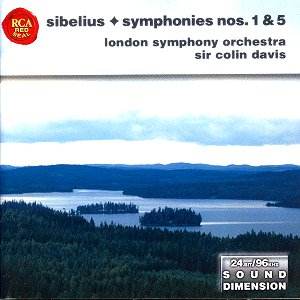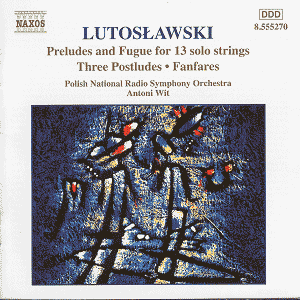 Composer: Jean Sibelius
Composer: Jean Sibelius
Works: Symphony No. 1 in E minor, Op. 39 (1899), Symphony No. 5 in E flat, Op. 82 (1917)
Performers: London Symphony Orchestra, Sir Colin Davis
Recording: BMG RCA Red Seal 74321680172
Label: BMG
Jean Sibelius occupies a unique place in the pantheon of symphonic composers, with his works often reflecting the Nordic landscapes that shaped his identity. His First Symphony, composed in the closing years of the 19th century, encapsulates the struggles and triumphs of a nation in search of its voice. In contrast, the Fifth Symphony, written during World War I, represents a more mature expression of Sibelius’s musical language, embracing both the ethereal and the monumental. This recording, conducted by Sir Colin Davis with the London Symphony Orchestra, offers an interpretation that is both grand and contemplative, yet it invites scrutiny regarding its interpretative choices.
Davis’s approach to Sibelius is marked by a pronounced emphasis on the organic unfolding of musical ideas. The First Symphony opens with a brooding theme, wherein Davis allows the strings to swell gradually, establishing a sense of inevitability in their development. However, this “mushy attack,” as it might be termed, often results in a lack of incisive clarity. For instance, the brass chords, which should possess a striking immediacy, are allowed to bloom slowly, creating a hazy texture that undermines the symphony’s dramatic impact. The timpani, too, start softly, failing to punctuate the climaxes with the necessary force. This interpretative choice may resonate with those who appreciate a more pastoral reading of Sibelius but risks obscuring the underlying tensions that drive the music.
Moving to the Fifth Symphony, the interpretation’s lushness persists, particularly evident in the famous “swan” theme of the finale. While Davis imbues the passage with a certain grandeur, the brisk tempo detracts from the moment’s nobility. The melodic lines, particularly in the brass, seem to get lost amid an overblown orchestral texture, leading to a climax that feels less like a triumphant culmination and more like a sonic blur. Comparatively, recordings by conductors such as Sir Alexander Gibson reveal a tighter grip on the narrative flow, allowing the music to unfold with both clarity and emotional depth. Gibson’s interpretation, while not devoid of warmth, maintains a forward momentum that keeps the listener engaged, steering clear of the languorous tendencies present in Davis’s readings.
The engineering quality of the recording supports the lush orchestral textures with a clear soundstage, allowing individual sections to shine, yet it sometimes contributes to the aforementioned mushiness. The woodwinds, often the heart of Sibelius’s orchestration, are captured with a bracing clarity that is occasionally at odds with the overall blend. The recording reveals that while the orchestra is capable of producing moments of profound beauty, the interpretative choices lean towards a softer, less defined sound that may leave some listeners yearning for more incisive interpretations.
Sibelius’s symphonic journey from the emotional turbulence of his First to the serene resolution of his Fifth is a remarkable testament to the evolution of his compositional voice. While Sir Colin Davis’s interpretations are undeniably grand and possess a certain authority, they often prioritize a lushness that may obscure the more nuanced aspects of Sibelius’s music. The beauty of this recording lies in its ability to evoke the vast landscapes of Finland, yet it also highlights a dichotomy between the organic growth of musical ideas and the need for a more vigorous interpretative approach. For those seeking a deeply immersive experience of Sibelius, this recording may resonate, but it ultimately leaves a sense that the music’s inherent vigor remains tantalizingly out of reach.



